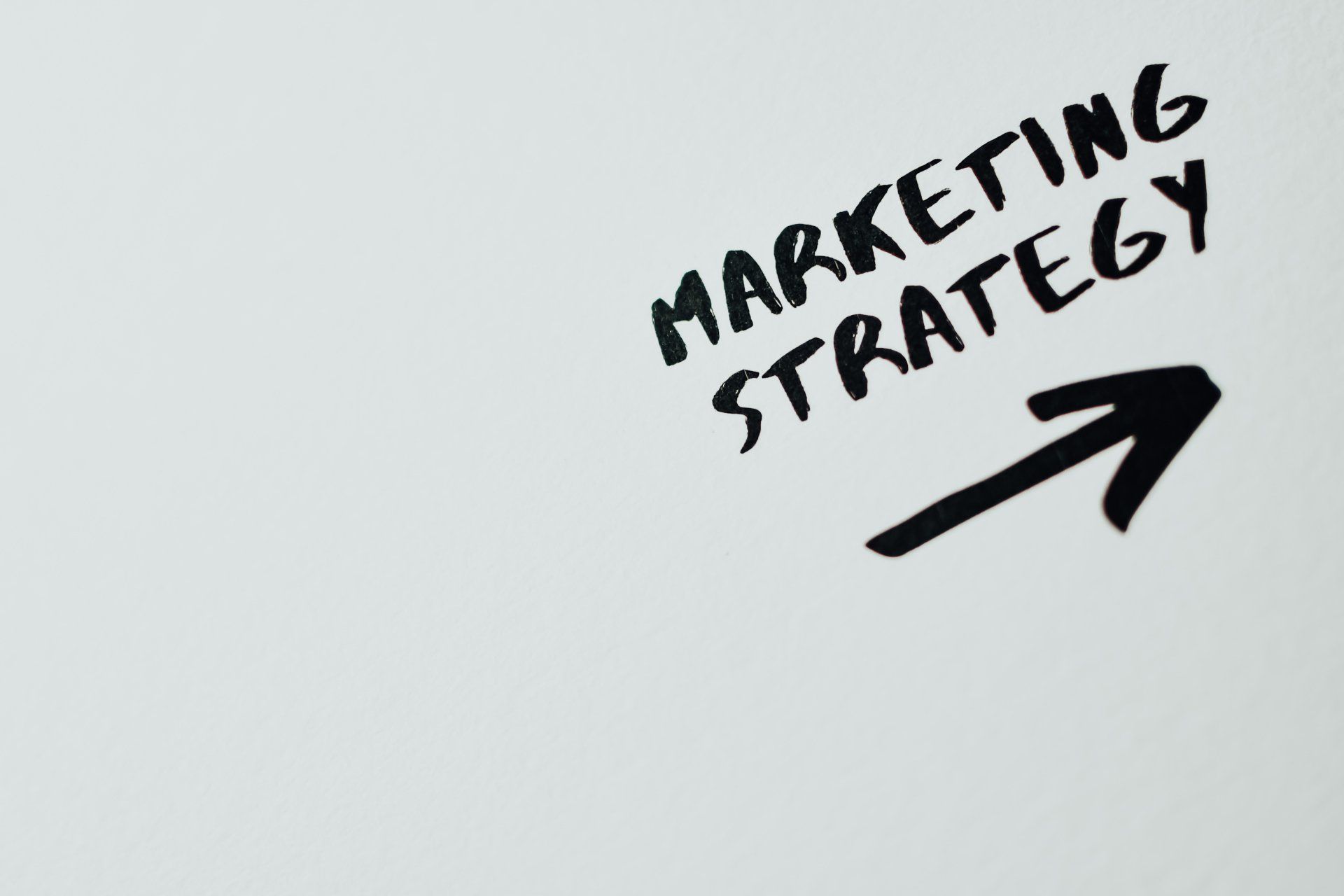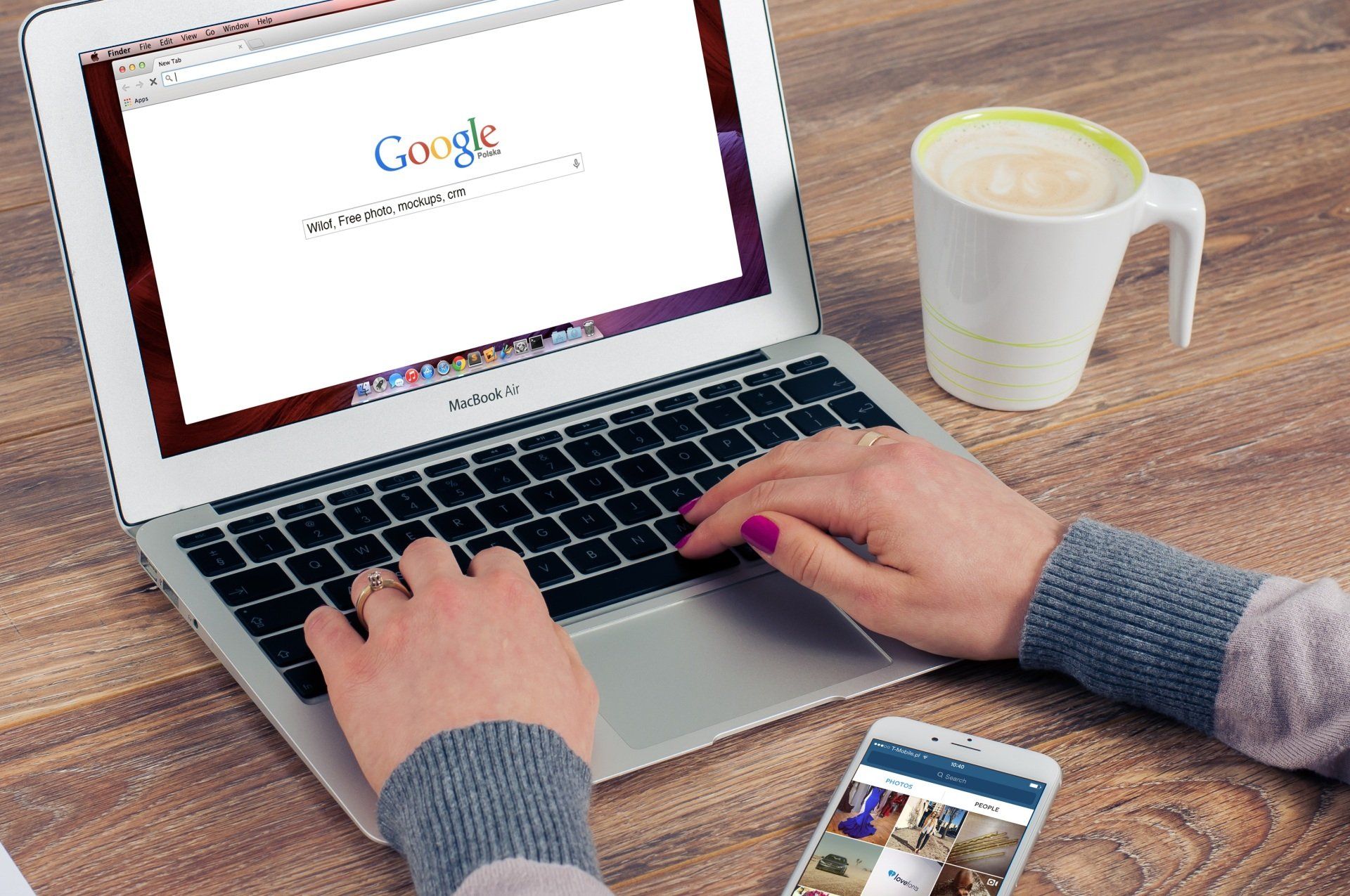Cotswold Distillery goes from strength to strength
This time last year things in a small corner of the Cotswolds were heating up, or should we say - brewing up. Dan Szor was realising his dream of leaving his London city life and setting up a whisky distillery in his favourite part of England.
Cotswold Web Services Enlisted To Build Website
We had met New Yorker Dan a while before, he was keen to use local business partners in his new venture - so Cotswold Web Services seemed a good fit. Working alongside a designer already on board (in Scotland, where much of Dan's inspiration had begun) - we created their launch site that not only sells the merchandise but includes a built-in customer mailing system too.
And They're Off...
The first bottles of single malt whisky would not be ready until 2017, so the newly formed team of experts have introduced a number of other products to keep the excitement going. The Cotswolds Dry Gin launched (to much acclaim) towards the end of 2015 and just recently, the Cider Apple Brandy has hit the shelves in partnership with local cidermaker, Pearsons. The word is spreading too, not only have Majestic recently taken on products from the distillery - a first major order from Dan's home across the pond has come in. Great news that these craft distillers are getting international recognition already.
Watch This Space
This corner of the Cotswolds are constantly launching exciting things - keep your eye on them and join their mailing list (at the foot of their page) here. If you'd like to talk to us about your website or building in a customer mailing system, get in touch on 01242 807847 or email us here .
(Main image via Cotswolds Distillery featuring Dan Szor - left - and team in their distillery in the Cotswolds)
More Posts.




Cotswold Web Services.

